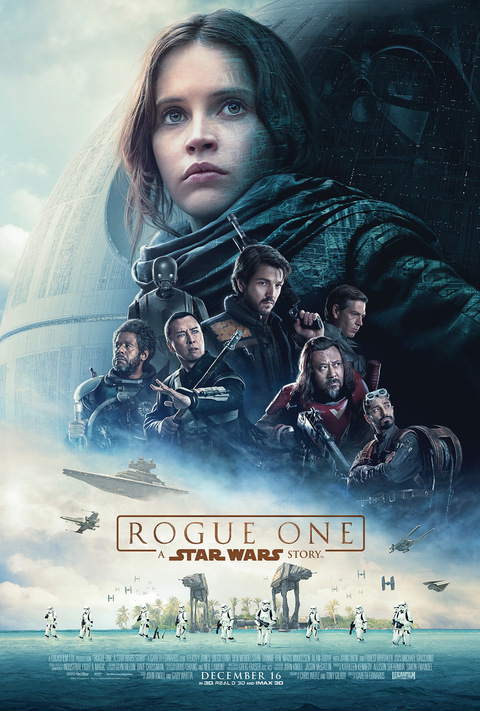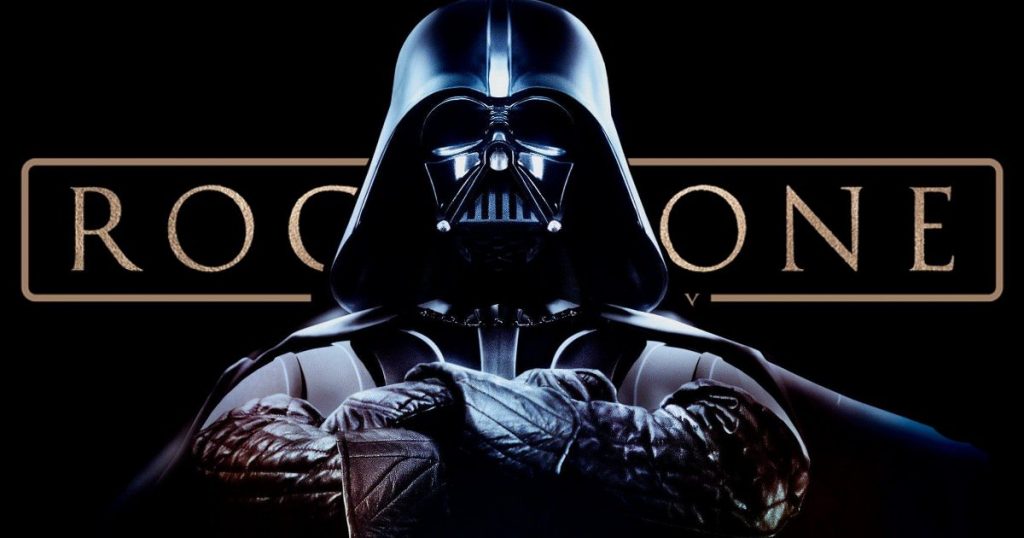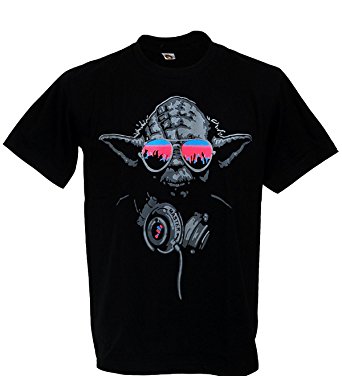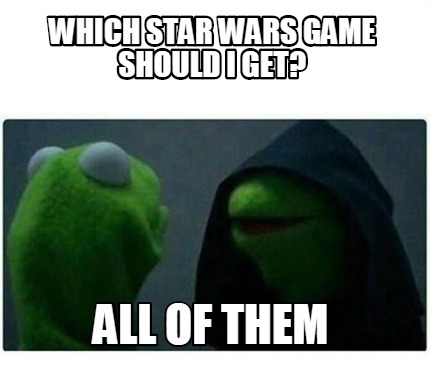
While I thought that Star Wars: The Force Awakens was a really terrible copy and paste of A New Hope, I enjoyed Roge One. Why?
Someone actually wrote a script and tried to tell a (post)modern story.
What Rogue One gets perfectly right are three things:
- Skirmishes
- Space battles
- Landscapes as Richard Lawson over at Vanity Fair aptly writes, the locations are “vibrant and individual: a citadel city with North African flair, a rainy world of craggy cliffs and tragic ends, an island paradise that becomes a fiery hell.”
- Darth Vader
Rogue One features thrilling space fights and spectacular glimpses of different planets. While you don’t get to settle into any planet for too long, the variety is nevertheless stimulating and allows you to go a little further into the vastness of space that comprises the immense Star Wars universe.
Not only do you get to see the ruins of the once great city of the Jedi, you also get to witness the destruction of the Jedi temple in Jeddah.
So while you won’t have to “sit through this thoroughly mediocre movie” and “convince [yourself] that it’s perfectly delightful” as in the case of The Force Awakens, you might nevertheless be a little confused or dismayed at how to approach a new kind of Star Wars film like Rogue One.
How to Understand Roge One
There are two crucial points to observe as you go through Rogue One in order to appreciate its position in time and to simply enjoy the film itself.
It’s neither a heist film nor a “Chosen One” narrative—it’s a war move.
It’s not a hastily strung together incoherent film—it’s a rambunctiously postmodern yarn.
What I didn’t understand as I was going through the story was what Christopher Orr from the Atlantic distilled perfectly, that Rogue One is “Conceived primarily as a war movie rather than a Chosen One fable.”
Star Wars Nihilism: Or, relish the fragment and the play of surfaces
Now that we have a good understanding of the film’s plot, I’m going to tackle some of the deeper philosophical assertions being made which I think most critics have completely and surprisingly missed.
The opening seconds of the movie give the film’s essence away: instead of a sweeping orchestra, we are greeted with a jolting, pithy, fragment of music. This brevity and fragmentariness is what defines Rogue One in all its various aspects.
The film, much like the lives of the characters, knows all too well that this will be a fleeting moment among countless other fleeting moments. (Incidentally this it intertwined with its darker, more fatalistic world-view.)
While it could have been swept up in the grand arc of the overall Star Wars saga (and despite it being billed as a story that lives potentially to the side of Star Wars itself as such it does fit, with deliberate irony) and thus disappear, the film refuses to seamlessly blend in and it will always jut out and de-structure that narrative.
Other reviewers have been unsettled and even disappointed by this attitude.
The movie, The Verge observes, is “torn between the Empire’s nefarious actions, the Rebellion’s politics, and the gradual coming together of Jyn Erso (Felicity Jones) and her ragtag group of freedom fighters.”
While this is true to a point, I would aver that, importantly, this is what makes it postmodern and of course a little more darker and cynical than a film like The Force Awakens. Or as Angela Watercutter remarks in an admirably scintillating phrase, Rogue One wears its love of the surface and fragment on its “dystopia-distressed denim sleeve.”
There is a certain warmth to the ice of R1, but it will only be felt by those who have washed their hands and feet and furrowed brows in the dark acids of postmodernism—and lived.
Critics have moaned about character development and complained that none of the characters were given sufficient time to fully come into being, or to fully develop in their own way.
Bryan Bishop best articulates this concern. He writes, ”Unlike a traditional Star Wars sequel (or prequel), Rogue One has to build itself — and establish its characters — from the ground up, and the film occasionally struggles with the workload.”
Finally concluding that
“But by the end of the movie, many characters still feel thin and undefined, perhaps given a single attribute to highlight in a specific scene, but otherwise lacking enough personality to prevent them from fading into the background alongside the other meticulously designed and costumed characters.”
We might imagine a reply from any character from Rogue One.
“You can’t get to know me, no one can know me, for I am also un-knowable to myself; and besides, even if I wanted to let you know me, I know it’s pointless because we are always-already dead.
“If someone from my own Rebel Alliance doesn’t shoot me in the back, then I’m going to get gunned down by a swarm of TIE fighters or worse, strangled to death and then sliced in half by Darth Vader’s light saber.”
These are real characters—perhaps the realist to have existed in a Star Wars universe—they don’t have the luxury of opinions because they don’t have the luxury of developing a self.
Richard Brody at The New Yorker (who wrote a thoroughly dyspeptic review) complains about the characters’ overall lack of agency or towering excellence:
“But it seems as if the condition for assembling this diverse group is not letting them say or do anything of note, anything of any individual distinction, anything of any free-floating or idiosyncratic implication.”
If instead one replaces “character” with “modern human being,” who is almost always an anxious citizen in a dystopia, then Brody might have gained a fundamental insight into the filmic message which surely must be:
- Most people are not going to be world-historical figures.
- Most people are not going to be a Jedi.
- Most people are going to lead un-remarkable lives toiling away for misguided causes.
Both the film and its characters understand all of these points on a very primordial level—with an immediacy that an online film critic in the 21st century accustomed to certain luxuries certainly cannot.
Again, this is easily recognizable as a refreshing strain of realism blended together with fatalism, perhaps the tattoo under the distressed dystopian denim sleeve.
K-2SO Is Not Funny
The critics get this wrong.
Every single one of them.
The droid banter is good enough for an obligatory laugh, but that’s why you are laughing. Because you are supposed to. Those droids! They are always so funny!
Vader Slaying Rebel Scum Is the Best Thing Ever

This is the sole reason to see Roge One, and the reason why everyone who is a Star Wars fan will ultimately grow to love this particular movie far more than The Force Awakens.
It gives us all the absolute best minute of Darth Vader in all of Star Wars history.
All told, Rogue One is a film I plan on buying the second it’s available and one I will watch and rewatch for a long time to come.


